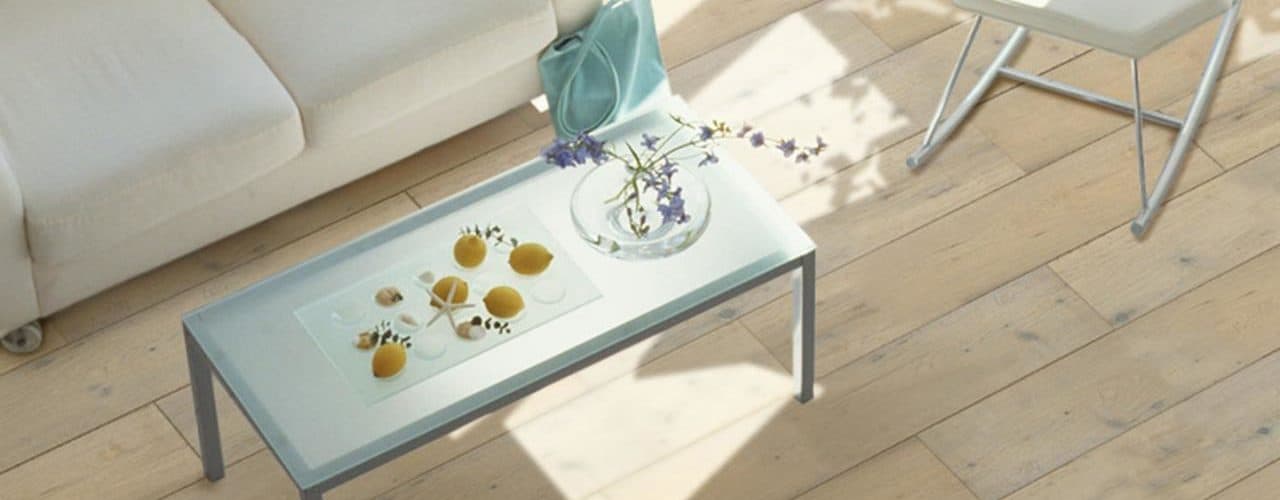Hardwood flooring is one of the most popular and sought after features in a home. Wood has a natural warmth and can create a stunning, stylish look in any house that will keep its beauty for years to come. For anyone who has shopped for hardwood flooring lately, the choices can seem endless with the broad selection of woods and prices that are available. Fortunately though, there is only one major choice that needs to be made. That choice is the decision to install solid hardwood, engineered hardwood, or laminate flooring.
Solid hardwood floors are constructed from solid planks of wood that are either glued or hammered to an underlying subsurface. Engineered hardwood floors are slightly different. From the surface, engineered hardwood floors are almost indistinguishable from solid hardwood floors, however, looking at the plank from below reveals the true nature of engineered hard wood flooring. These floors are constructed out of strips of wood that have been glued together with a strong binder. The topmost layer of an engineered floor is a thin veneer layer of wood that gives the plank the appearance of a natural wood finish. The inner layers are composed of less expensive hardwood or plywood. Finally, laminate flooring is not really hardwood floor at all. Rather, it is a composite of materials and resins that have been colored and treated to resemble natural wood.
When installing hardwood floors, homeowners need to consider the factors listed below:
Cost
Budget constraints are always the biggest concerns for most home owners. When shopping for solid hardwood or engineered hardwood floors, the biggest influences on the price of the materials are the thickness and quality of the wood. There is essentially no difference in price between engineered wood and solid hardwood. However, laminate floors can cost as much as a quarter to a half of the price of solid of engineered hardwood. With new advances in manufacturing processes, many times quality laminate floors can be purchased that look almost like natural wood floors.
Durability
All natural hardwood floors will need routine maintenance and refinishing over the years to keep their shine and look. Solid hardwood flooring needs to be sanded and refinished every couple of decades, depending on the use. These floors can be sanded over and over again. Engineered hardwood floors, however, can only be refinished once or twice due to the way that they are constructed, having only a thin top layer that shows the natural wood grain. Both of these types of hardwood floors are also vulnerable to scratching and fading when exposed to the sun for extended periods of time. Laminate floors, however, are extremely durable, being scratch and impact resistant. Also, they do not need to be refinished and resist fading.
Installation and Removal
Many times, choosing one type of hardwood floor over the other is a matter of practicality. Solid hardwood floors have to be nailed to an underlying subsurface, which makes it difficult to install over concrete slabs. Engineered hardwood floors are also difficult to install over concrete slabs, but can be glued. Both of these options are also susceptible to water damage, so caution should be taken when installing them in bathrooms or kitchens. Laminate floors can be installed over any subsurface because they are put into place over the existing floor without any adhesive. If a homeowner wants to change flooring in the future, natural hardwood floors are difficult to remove. Laminate floors, because the float over the existing surface, are very easy to uninstall and replace.
Conclusion
Installing hardwood floors can create a dramatic change in a home’s appearance. Hardwood floors, regardless of type, look great and create a timeless and elegant look in any home.







